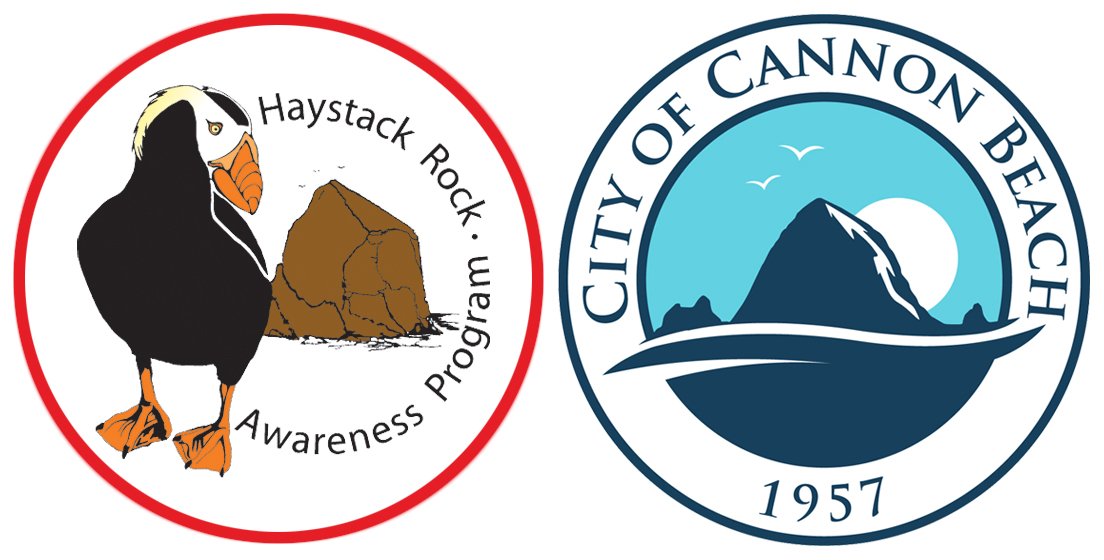Pelagic Cormorant (Urile pelagicus)
Two pelagic cormorants in their cliffside nest (photo credit: Molly Sultany)
Description: Pelagic cormorants are the most common species of cormorant found at Haystack Rock. These cormorants have a distinct white patch of feathers on either side of their body near their tail. The rest of their body is covered in black plumage, but during the breeding season they have a red throat patch and a purple-green sheen on their necks and chests. Their long neck makes them a rather tall bird at 50-75 cm, especially compared to other birds at Haystack Rock. Despite being called the pelagic cormorant, these birds prefer rocky waters instead of the open ocean as they stick around coastal cliffs to live on and forage amongst. Pelagic cormorants are often found either alone or in pairs.
Pelagic cormorant getting treatment at the Wildlife Center of the North Coast (photo credit: Wildlife Center of the North Coast)
Habitat: They are found year-round along the Pacific Coast of North America from Alaska to California. During non-breeding periods, they’re also found even farther south along Baja California’s west coast. At Haystack Rock, these birds are seen living right on the side of the sheer cliff faces with their nests resting precariously in crevices along the sides.
Nesting: Pelagic cormorants build their nests on the cliff faces of Haystack Rock and The Needles. They pile sea grasses and plants on ledges that are too small for the other species of sea birds, and “glue” the nesting material in place with their feces. This is why, when you look at the side of Haystack Rock by the end of summer, there are lots of white blotches on the rock. Anywhere you see white, there is likely a cormorant nest! Pelagic cormorants reuse nesting sites year to year which makes them an easy species to research. Haystack Rock Awareness Program observes the pelagic cormorant on the south wall of Haystack to assist Portland Audubon’s seabird colony study. Pelagic cormorants usually lay between 3 to 5 eggs and both parents participate in incubations and chick rearing. The incubation period for this species is typically between 26 and 37 days and chicks fledge 35 to 40 days after they hatch. After chicks leave the nest, adults stay with them for a few weeks while they learn to fend for themselves. After nesting season ends, many of the birds migrate to other areas of the coast, but some pelagic cormorants choose to stay at Haystack Rock for the winter.
Diet: Pelagic cormorants will dive up to almost 43 m deep to catch the fish they feed on! While they mostly eat fish, they also eat mollusks, crustaceans, marine worms, and other invertebrates.
Tide Pool Tidbits:
When pelagic cormorants dive for food, they can hold their breath for up to two minutes.
Research in California has shown that although the three cormorants that inhabit Haystack Rock (pelagic, Brandt’s, and double-crested) share the same space, they forage in different areas in the water, so they don’t compete with each other as much as one might think.
References: The Cornell Lab, Audubon



